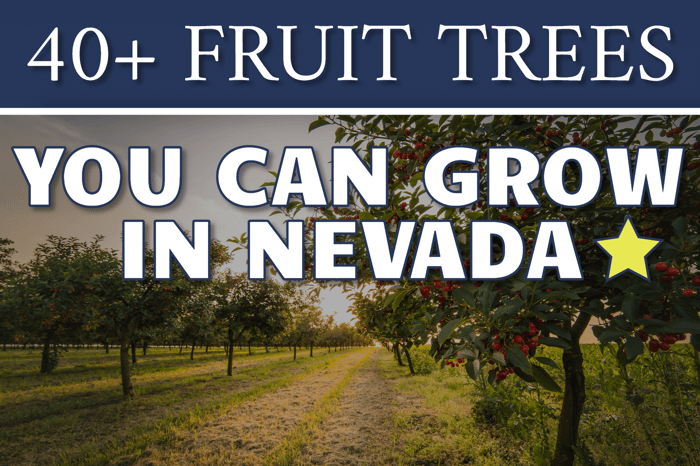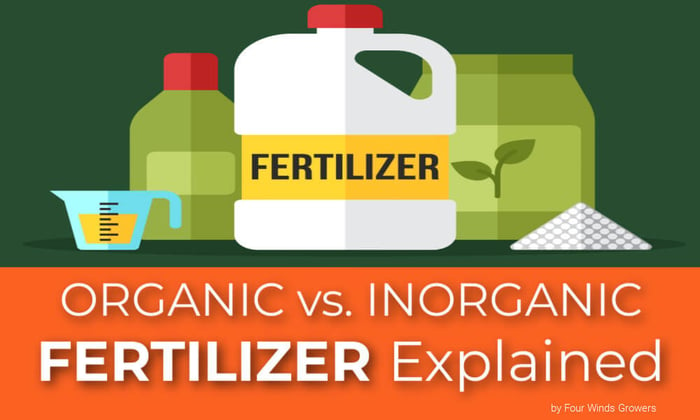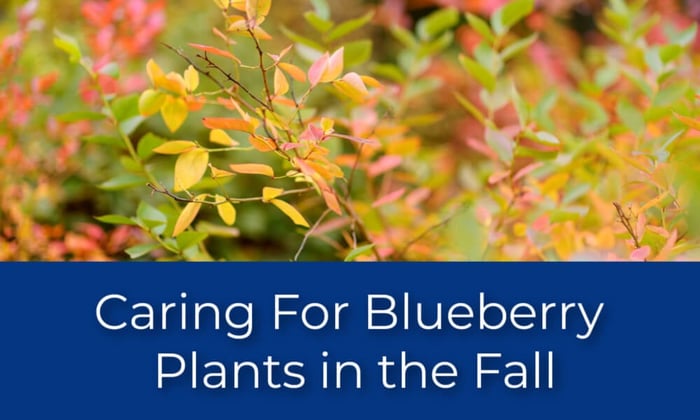Nevada state provides a wide variety of climates from the low land desert in the south to the cool mountain forests in the north. The result is a beautiful state with tons of fruit tree potential. Grow your favorite Apples, Figs, Plums, Peaches, Pears, Persimmons, Pomegranates, Nectarines, Cherries & Berries. This guide will go over what varieties of 40+ Fruit Trees & Vines to Grow in Nevada.
All of the following recommendations are listed:
Fruit Tree: Variety(Required Chill Hours)
Description
Apple/Pear Trees: Gala(500hr), Golden Delicious(700hr), Fuji(500hr), Granny Smith(400hr), Honey Crisp(800-1000hr),
Warren(600hr), Comice(600hr), Bartlett(550hr), D'Anjou(800hr), Hosui(300-400hr), 20th Century(300-400hr)
In the case of both apple and pear tree varieties, it is important that you select a variety that requires a lot of chill hours. Otherwise, late season frosts have a high chance of damaging flowers and affecting fruit set.
Northern Nevada offers a cooler climate that provides adequate chill hours for many of your favorite apple varieties. Choose a nice sunny spot in the yard that ideally receives 8+ hours of sunlight per day and has well draining soil. Planting is simple, prepare your planting area with well-draining soil, dig a hole the same depth as the container of your tree, and plant so that the top of the root ball is flush with the soil level. Once planted you can top dress with a healthy dose of compost and mulch, making sure to leave space around the base of the tree to prevent stem rot.
Pests and diseases plague apple trees so regular maintenance and spraying will be necessary for a good harvest. Apple trees should be pruned every winter/spring. They can be pruned to a variety of shapes and sizes depending on grower preference. The point of the process is to create airflow by removing crowded or damaged limbs, this will also allow more even light penetration, regulate the fruiting area, and improve the overall health of the tree. It is important that you protect your trees during the intense summer sun with some kind of shade structure or treat your tree with tree paint / foliar spray like IV Organics.
Both European & Asian Varieties thrive in this state and both have their unique flavors and textures. Pears tend to have more strict pollination requirements, so keep that in mind when choosing the right variety for your home orchard. For planting/maintenance guidance, follow the instructions listed above for apples as the steps will be the same. Pear trees also suffer from many of the same pests/diseases that plague apples so regular care will be necessary to keep your trees and surrounding trees healthy.
Cherry Trees: Bing(700), Rainier(700),
Cherry trees a great piece of fruit to grow in the home orchard but selecting varieties with 700+ chill hours requirements will be important if you do not want your crop damaged by late freezes. To plant your tree, find a nice sunny location in the yard that receives 8+ hours of full sunlight per day and ideally a place in the yard with good drainage. Cherry trees are no easy feat as they take a good amount of protection if you want any of the bird's cherries for yourself. Between pests, birds, and disease, cherries need a regular schedule of spraying, pruning, and feeding if you want a good crop. Some growers also use nets to keep the larger pests out of your fruit trees. Stone fruit trees should be pruned to an open center to allow for airflow and more even ripening. That said, every grower has their preference, and trees can be pruned to any shape.
Plum Trees:Santa Rosa Plum(300hr), Methley Plum(250hr), Green Gage Plum(700)
Plum trees are a classic selection for the Nevada garden. Not only do they produce wonderful fruit but they also produce a spectacular-looking tree full of beautiful blooms in the spring. These lovely stone fruit trees prefer warm summers and cool winters so our growers in the north should have no problems, but growers further south may have issues where with sunburn if your tree is unprotected in the summer. Plant your tree in a sunny part of the yard with well-draining soil and prune it to an open center to get your tree started. A regular watering schedule and feeding during the fruiting season will provide your tree with what it needs to succeed. A thick layer of mulch around the tree(leaving a few inches around the base to prevent collar rot) is a great way to improve soil quality around the tree as well as act as a layer of insulation during extreme temperatures.
Nectarine/ Peach Trees: Harko Yellow Nectarine(800hr), Independence Yellow Nectarine(700hr), Mericrest Yellow Nectarine (800hr), O'Henry Yellow Peach(750hr), Redhaven Yellow Peach(800hr)
Growers in both north and south Nevada have had great luck with peaches & nectarines in the home orchard. The cool winters provide adequate chill needed for good fruit set and the summer sun sweetens the fruit perfectly. You will have the same struggles as plums when it comes to disease and pest issues, so regular maintenance will be required. Variety selection will be key to your success in this area as choosing varieties that bloom too early will likely be damaged by late spring rains.
Persimmon Trees: Fuyu(200hr), Hachiya(200hr)
Persimmon growers in Nevada state have lots of success with Asian persimmon varieties both for their cold-hardiness and self-fruitful characteristics. These trees are adaptable to a variety of soil types and are drought tolerant once established. The heavy-bearing trees tend to be biennial-bearing due to heavy crops. Seasonal pruning and fruit thinning will help limit fruit production and overbearing. These long-living trees grow a deep taproot to which makes them generally larger trees and poor choices for container growing. Luckily the Asian varieties tend to produce smaller, more manageable trees.
Jujube Trees: Li(200hr), GA 886(200hr), Shanxi Li(200hr), Sugar Cane(150hr)
The Jujube is an ancient tree that is just starting to make their way into US gardens. The Jujube, also known as the Chinese date, has sweet, green/reddish-brown blotchy fruit that tastes almost apple-like in flavor and texture. They can be dried into a date-like treat that is chewy and sweet. They are extremely precocious and bear lots of fruit. Growing Jujubes in Nevada is a piece of cake as these trees are heat tolerant(over 100°F), cold-tolerant(down to -10°F), and virtually pest and disease-free. The Jujube is also drought-resistant and is adaptable to a variety of soil types. Long hot summers are required to ripen the larger varieties so keep this in mind when selecting the right Jujube for your backyard.
Fig Trees: Brown Turkey(100hr), Black Mission(100hr), Kadota(100hr), Chicago Hardy(100hr)
Growing fig trees in Nevada can be done in the ground or containers. The main thing to consider when deciding how to grow your fig tree is winter temperatures. Fig trees are cold tolerant down to about 5-10°F depending on the variety and age of the tree, but sub-zero temperatures will certainly kill them. Protecting your tree with a thick layer of mulch insulation before the cold weather arrives will help protect the base of the tree and roots. It is expected to see some dieback from frost damage in late winter/spring. Even if the tree dies back to the base, the roots will send up shoots that are true to type as they are propagated from cuttings. Winter frost damage can be avoided by growing your tree in a container and bringing the tree inside when you see that temperatures are going to drop.
Grapes: Ruby Seedless(100hr), Flame Seedless(100hr), Suffolk Red(100hr), Chardonnay(100hr), Concord"Eastern"(100hr)
Growing grapes in Nevada can be a challenge but selecting the right variety and taking into consideration your microclimate will determine your success. There are a few regions in South Nevada that can provide adequate sun and heat to sweeten up fruit for table eating or winemaking. Like most fruit trees and vines, grapes prefer well-draining soil. They are also semi drought tolerant and have low water and fertilizer needs. Pruning plants in late winter/early spring will regulate tree growth and promote the overall health of the vine. Keep in mind when pruning that grapes are produced on spurs grown on one-year-old canes and be sure not to remove all of your fruit spurs. Pests and fungal diseases will be your biggest threat as they are typically brought on by a damp climate. A regular maintenance/spraying schedule will need to be set in place to produce a good crop. Maintenance will include pruning, cleaning up dead leaves, and any residual fruit left after harvest.
Pomegranate Trees: Wonderful(150hr), Desertnyi(200hr)
Pomegranates are hands down one of the easiest trees to grow period, but be mindful of your grow zone as growers in the north will need to protect their trees from late frosts if you expect beautiful flowers and fruit. They require a fairly low number of chill hours to fruit, low water, and fertilization needs and they are self-pollinating. This drought-tolerant tree is also very adaptable to a variety of soil conditions. It's almost harder to kill one of these trees than it is to grow one. They can be grown as trees or bushes depending on the pruning style. A mature tree will be covered in beautiful flowers in the spring that will slowly grow into wonderful red fruits as the season progresses.
Guava Trees: Strawberry Guava, Tropical Pink Guava
The guava is well adapted to the Southern Tip of Nevada where the temps are hot in the summer and winters are mild. Severe freezes will kill the guava but so long as the grown doesn't freeze as well, the bush will grow back come spring. Like most fruit trees and shrubs, you again want to choose a location in your yard that has adequate drainage and can provide 8+ hours of full sunlight per day. Guavas can be pruned in a variety of shapes including single leader trees or bushy hedges depending on your preference. Regular watering and feeding from spring through fall is necessary until your bush/tree is established. These delectable fruits have a creamy pulp that is sweet and tart with loads of tropical flavor.
Citrus Trees: All Citrus(Indoor/Outdoor)
Growing citrus in Nevada can be done with lots of success. Citrus trees are tropical plants that love heat and humidity so simulating the right conditions will be tough but is not impossible. Citrus trees are only cold hardy to about 25-30°F depending on the variety so they need to be protected during the colder months and brought indoors. This is exceedingly important for growers in the north east. Thankfully Citrus trees in general are one of the few types of trees that do exceedingly well in containers. Lemons and Limes are the more cold-tolerant of the citrus family making them a great choice for an indoor/outdoor tree and will produce nearly year-round under adequate conditions. Follow our indoor citrus growing guide/pdf for more instruction on how to do this successfully. If you are growing in southern Nevada should have no problem growing outdoors in the ground.
Plant your citrus tree in a location that receives 8+ hours of sunlight per day. Like most of the trees on this list, well draining soil is very important. If you have hard clay soils, amend your soil and or create a mound above the native soil prior to planting. Protection from intense heat in the summer can help prevent your tree from sunburn. This can be done with the use of a shade cloth or with IV Organics tree paint and foliar spray.
Protect your fruit trees from the hot summer sun and winter cold with Plant Gaurd tree paint and foliar spray.
Protect your fruit tree roots from rodents with Root Guard gopher baskets!
Author: Israel Osuna




